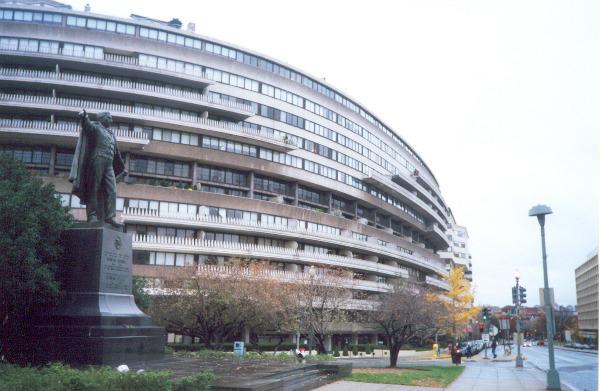The colonization process in Brazil was inserted in the logic of primitive accumulation of capital or mercantilism (15th to 18th centuries), a period marked by the 1st International Division of Labour, in which different regions supplied agricultural, vegetable and mineral goods to the metropolises, which in turn were responsible for the manufacture of the products manufactured. In this context, the Orient was the producer of spices, Africa provided slave labor, the Latin America stood out mainly for mining, while Western Europe produced the manufactures. Brazil was responsible for supplying raw materials in different periods: pau-brasil, sugarcane, mining, coffee.
The mercantile expansion of Portugal that began in the 15th century was based on material conquest and expropriation. cultural, achieving the status of an expansionist nation by breaking the Italian monopoly and opening new paths along the coast of Africa. Brazil, unlike countries like Peru and Mexico, did not have a hierarchical and well-organized society, nor did it even have large deposits of gold and silver. But the rivalry between the expanding European centers made the Portuguese try to explore and occupy the Brazilian territory as much as possible. Such determination of origin was perpetuated in societies that had in the conquest of the soil one of their structuring vectors, in a sense, until the present day.
Sesmarias and hereditary captaincies looked like feuds, had feudal antecedents, but their essence was not feudal, they functioned as mechanisms for the expansion of the mercantile capitalist system.
The cultivation of sugar cane (which reached its peak between the end of the 16th century and the middle of the 17th century), based on the colony-metropolis system, structured the trade and development of northeastern cities, mainly in the strip coastline. Portugal expanded its sugar trade with resources invested mainly in Pernambuco, based on indigenous labor and foreign (Dutch) capital. To produce according to the colony's needs, African blacks were brought in. This system consolidated the land structure found in the region to the present day, marked by a concentration of land and influence of traditional oligarchies and families in political decisions and economical.
The sugar economy guided other activities, such as cattle raising (meat, transport, energy for the mills, tallow, firewood for the boilers), and this activity eventually expanded to areas of the sertão, constituting the basis of its economy. At the end of the 17th century, the sugar produced in the Antilles increased the supply of the product on the international market, dramatically lowering its price. With the decline in sugar production, cattle raising absorbed a large part of the population.
The occupation of Brazilian regions
Do not stop now... There's more after the advertising ;)
In Bahia and Southeastern Brazil, Portuguese penetration was more expressive at the end of the 16th century. In the Southeast, the pioneers advanced in the search for precious metals and Indians to enslave. In Bahia, this movement was carried out through cattle raising, which expanded towards the interior and was also concerned with maintenance. of the colonized lands against the indigenous people, who represented for the Portuguese a threat to the integrity of the villages and farms of the Coast.
In the 18th century, penetration reached significant expression, mainly in the area corresponding to the São Francisco and Sertão Basins Northeastern region, through the establishment of large properties where cattle, goats, sheep, swine and cattle were established and raised. horses. The São Paulo flags led to the discovery of deposits of precious metals, especially gold and diamonds. Such discoveries contributed to a large population displacement to these areas, forming discontinuous clusters in around the garimpos, mainly the nucleus das Gerais, located between west of Goiás, south of Mato Grosso and south of Minas General. Sugarcane was also introduced in the region and gained relevance on the coast and in some inland areas.
In the South, the population was concentrated in the western portion with the entry of Jesuits, where cattle raising and subsistence agriculture were developed. The successive flags in the region destroyed these nuclei, causing the disruption of the system, with the enslavement of the Indians and the expulsion of the Jesuits. However, livestock was established, configuring the role of the main cattle supplier for mineiros and paulistas.
The Amazon had a slower occupation process due to natural conditions and the presence of more hostile indigenous tribes than those found in the rest of the country. Even so, the occupation of the mouth of the Amazon River and the formation of Belém ensured the consolidation of the colonizers Portuguese in relation to the Spanish, allowing the interiorization through river navigation in the search for drugs from the hinterland.
After the Industrial Revolution (18th century), a structural rearrangement occurred, in which the world division of labor was divided between raw material producers and technology holders, with the end of slave labor, replaced by labor salaried. Brazil maintained slavery relations until the end of the 19th century, remaining as a supplier of raw materials until the end of World War II.
Julio César Lázaro da Silva
Brazil School Collaborator
Graduated in Geography from Universidade Estadual Paulista - UNESP
Master in Human Geography from Universidade Estadual Paulista - UNESP

